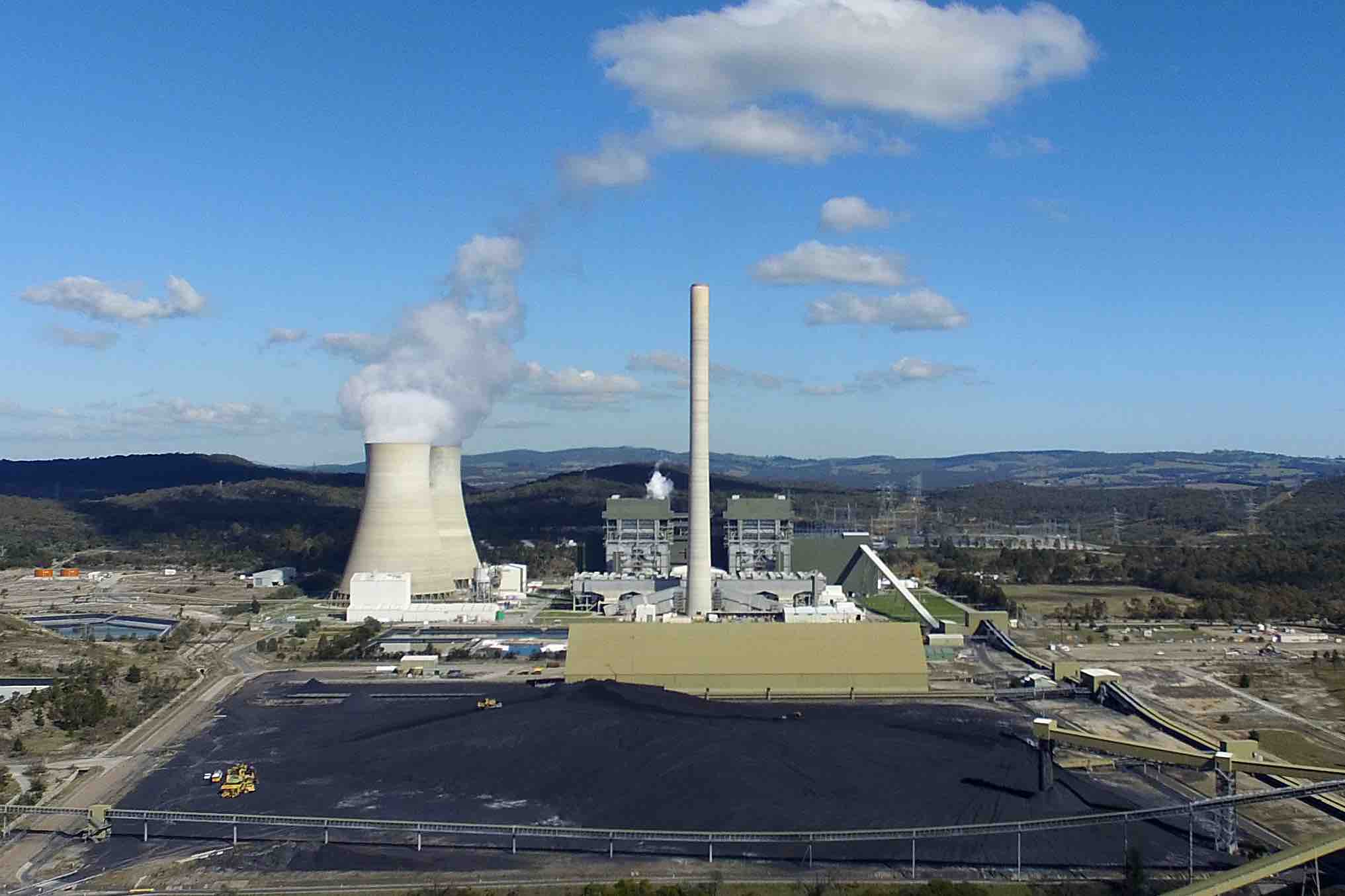EnergyAustralia says it is investigating the feasibility of installing a big battery at its Mount Piper coal-fired power station in central western New South Wales, with the energy storage capacity to power more than 200,000 homes for up to four hours.
The Hong Kong-owned gen-tailer says the proposed 500MW/2000MWh Mount Piper battery project is in its initial feasibility stage, before moving ahead to community consultation and planning approvals.
The battery, if it goes ahead, will rank among Australia’s biggest – up there with the proposed 800MW/2000MWh “Supernode” battery project being developed by Quinbrook near Brisbane.
Daniel Nugent, EnergyAustralia’s head of portfolio development, says that using company land adjacent to the 1400MW black coal plant, will allow for the use of existing infrastructure and avoid the cost and hassle of building new overhead powerlines.
“The project would support future energy security in New South Wales as coal generation retires and more renewables enter the system,” Nugent said on Thursday.
Coal troubles strike
The plans for the Mount Piper big battery come after EnergyAustralia’s parent company, CLP Group, posted a $1.6 billion loss for the gen-tailer for the first half of 2022, off the back of unplanned coal plant outages and coal supply shortages at Mount Piper.
These troubles led to a significant downgrade of EnergyAustralia by the international ratings agency S&P Global, based on concerns around liquidity, the reliability of its ageing Yallourn coal plant in Victoria, and the future course of coal supply and prices.
In February of this year, the big-three gentailer conceded it would need to come to market – mostly likely for debt – to help fund its planned investments in battery storage, pumped hydro and green hydrogen, as it moves to a future beyond coal.
EnergyAustralia is due to close its Yallourn brown coal generator in 2028, under a secretive deal with the state government, and Mt Piper is currently scheduled to close in 2040, although most analysts believe it could close well before then.
Originally the Mount Piper plant near Lithgow was slated to keep operating until at least 2043, but in a Climate Change Statement published just over a year ago, EnergyAustralia said it would aim to transition entirely out of its coal generation assets by 2040.
Reinventing the business
In an interview in February with RenewEconomy’s Energy Insiders podcast, EnergyAustraila CEO Mark Collette said a capital raising of some sort was inevitable, given the need to invest in new technologies and the reality that, by 2030, the business will look nothing like it does today.
“No one company – (Hong-Kong based owner) CLP or anyone else – is going to be able to fund all the activities that they would like to like to do to reinvent the businesses, the zero carbon business,” Collette told podcast.
In Victoria, the utility is already working up plans for a 350MW/1400MWh big battery at Wooreen, in the Latrobe Valley, to partially replace the Yallourn brown coal generator.
Further it has dispatch agreements over the Gannawarra (25MW/50MWh) and the Ballarat (30MW/30MWh) batteries in Victoria, and has signed similar agreements with two batteries totalling 90MW and 180MWh to be built by Edify Energy at Darlington Point in south west NSW.
Also in place is a long-term energy dispatch agreement with the 250MW, 2000MWh Kidston pumped hydro storage project in Queensland, which is being built by Genex Power and is due to come on line in 2025/26.
Long duration energy storage
In NSW, EnergyAustralia was pursuing other forms of energy storage, including a pumped hydro project at Lake Lyell, which currently provides water to Mt Piper. Plans for a battery there are new.
“The BESS would be a welcome addition to the state’s growing list of big clean energy storage projects,” said Nugent on Thursday.
“If approved, it will also provide an economic boost to the Central West region and help to transform it into a renewable energy hub.”
The project will undergo further assessments and community consultation as well as seeking approval through the New South Wales planning process. If approved, the battery could be operational by the end of 2026.










